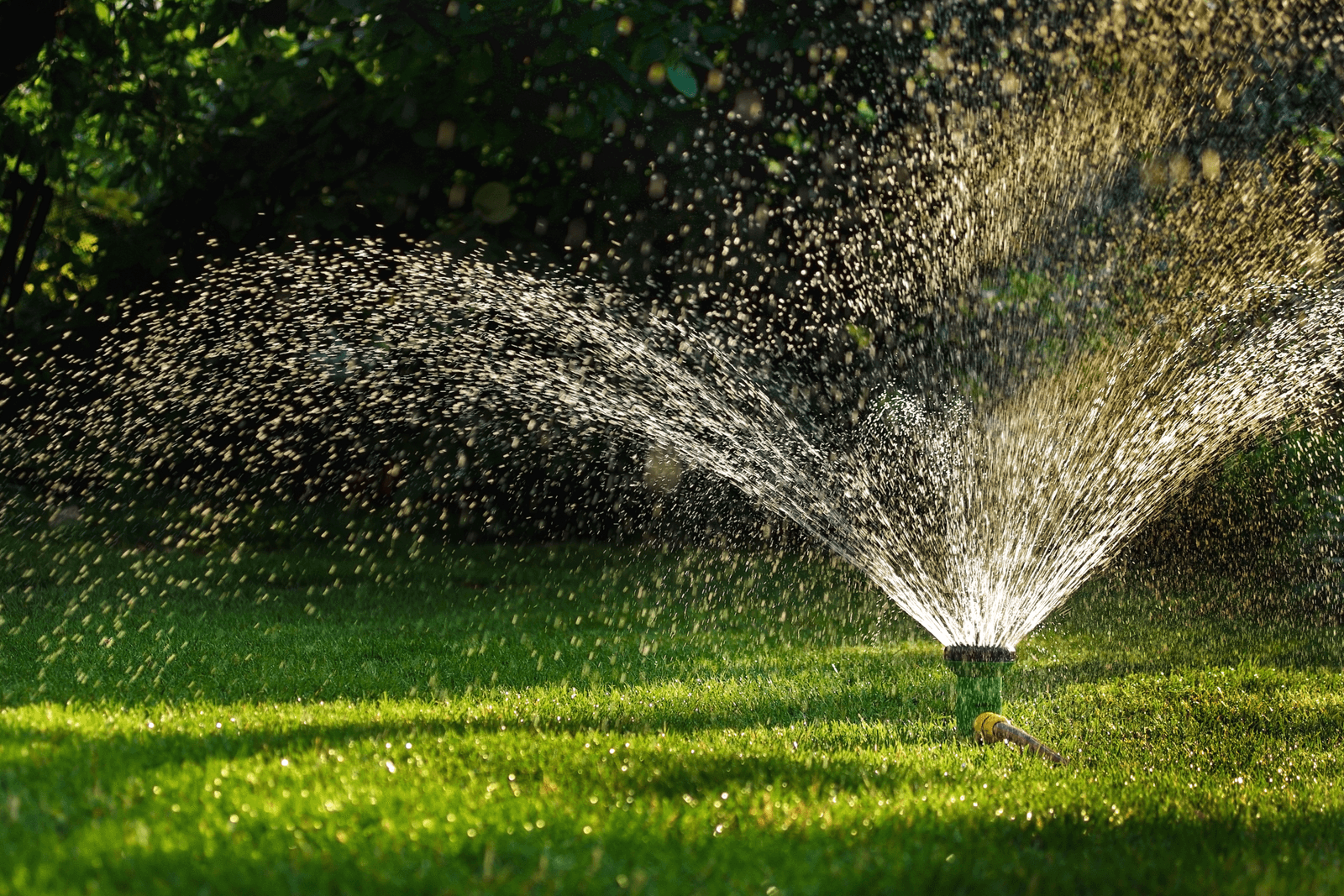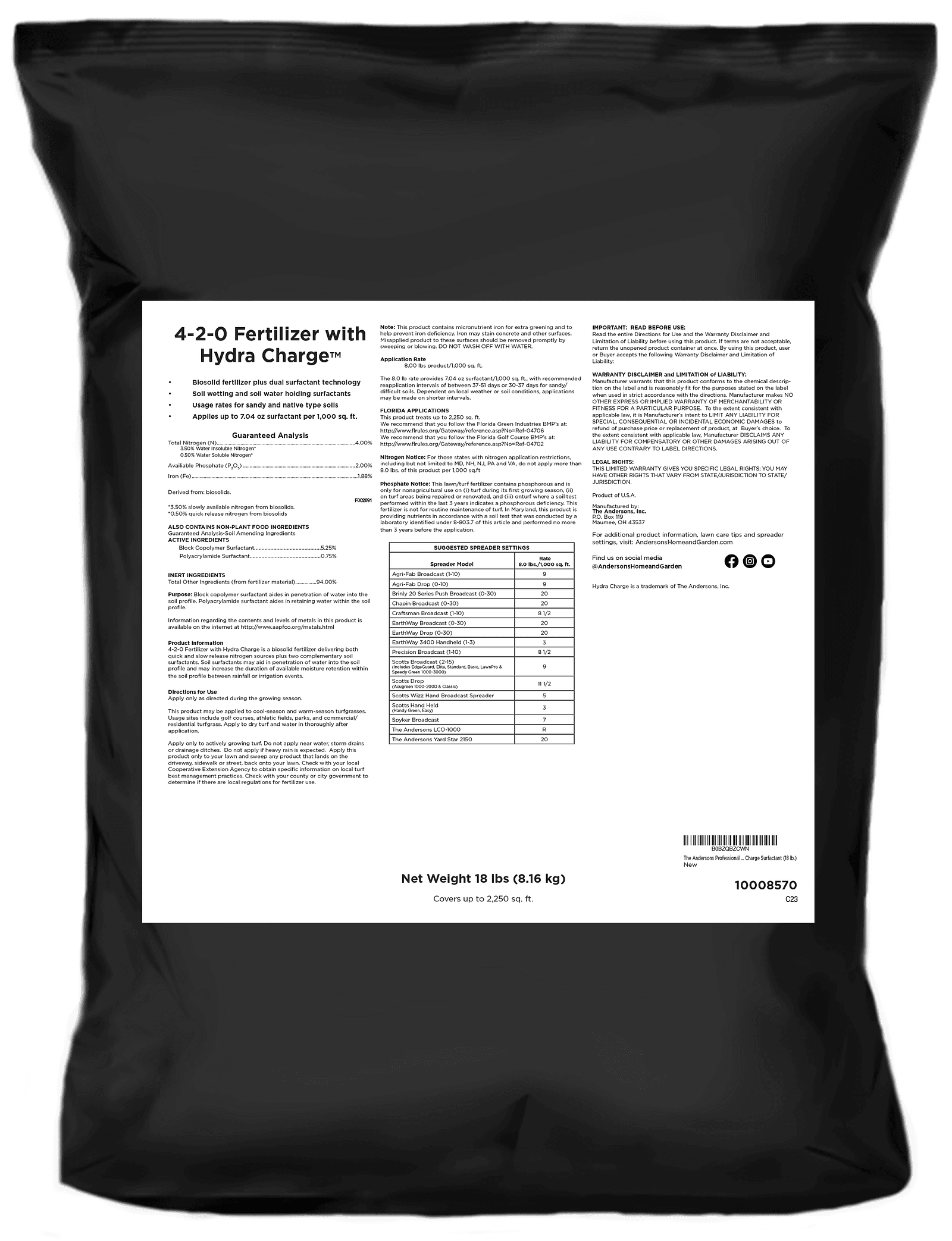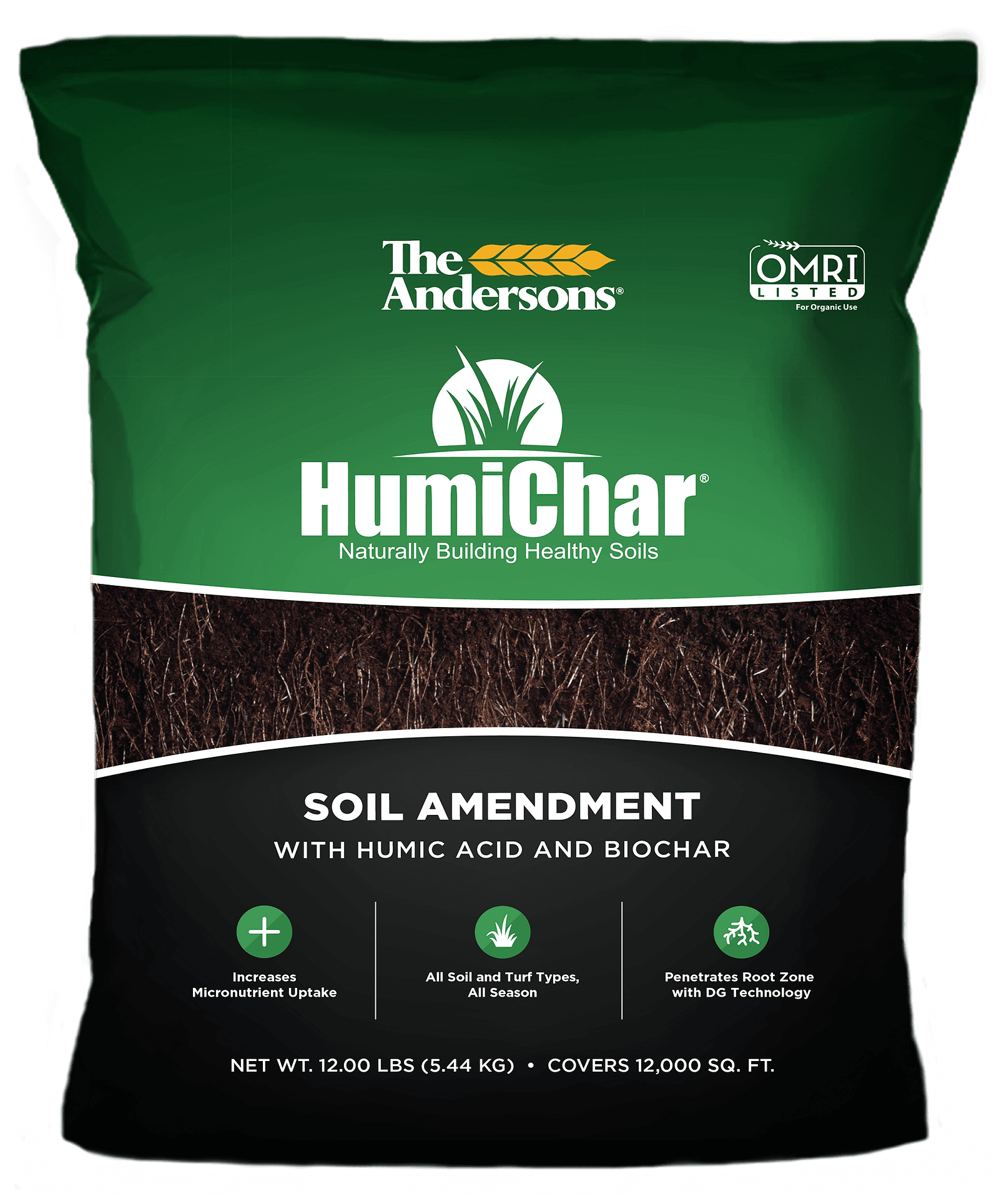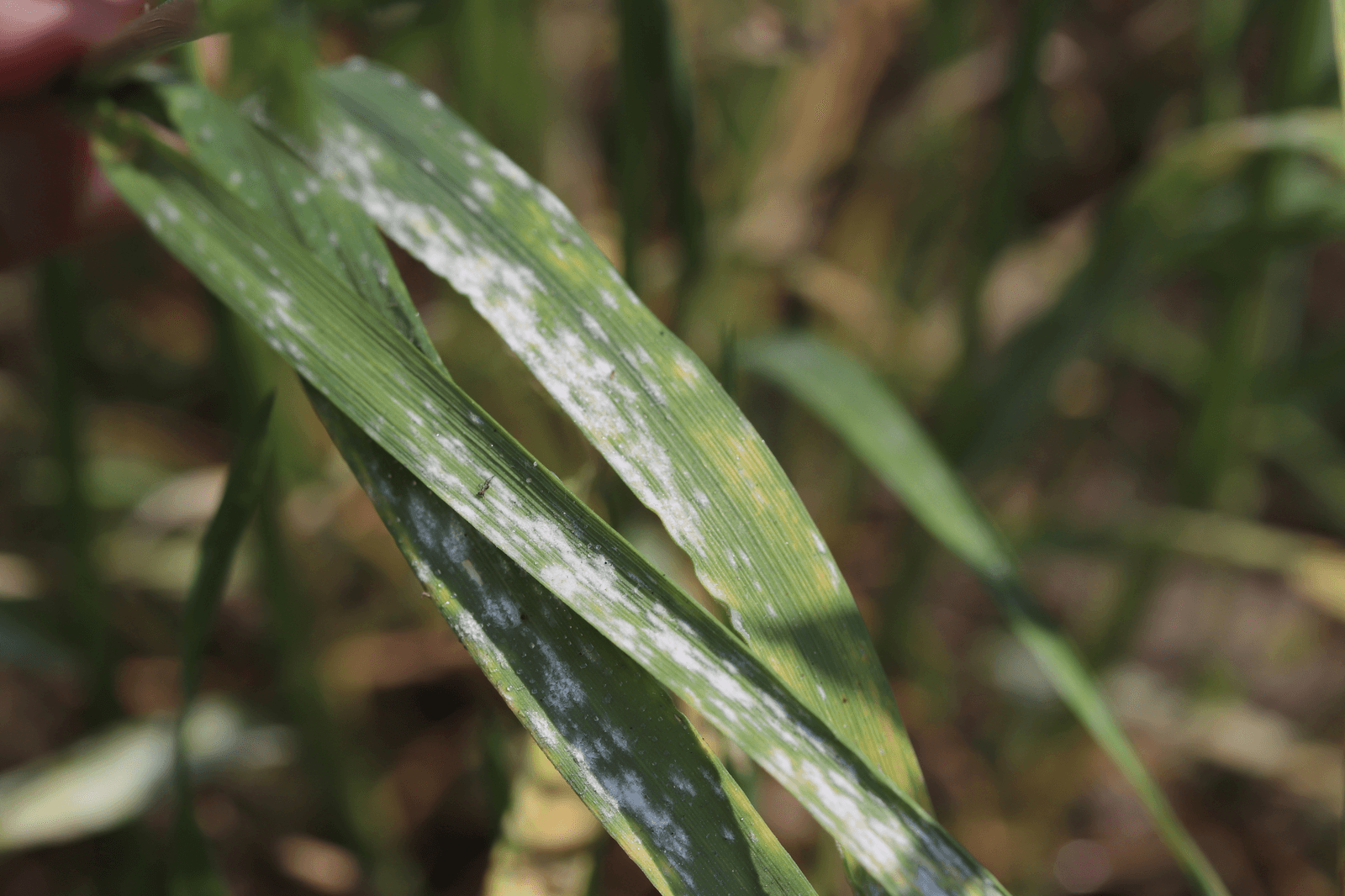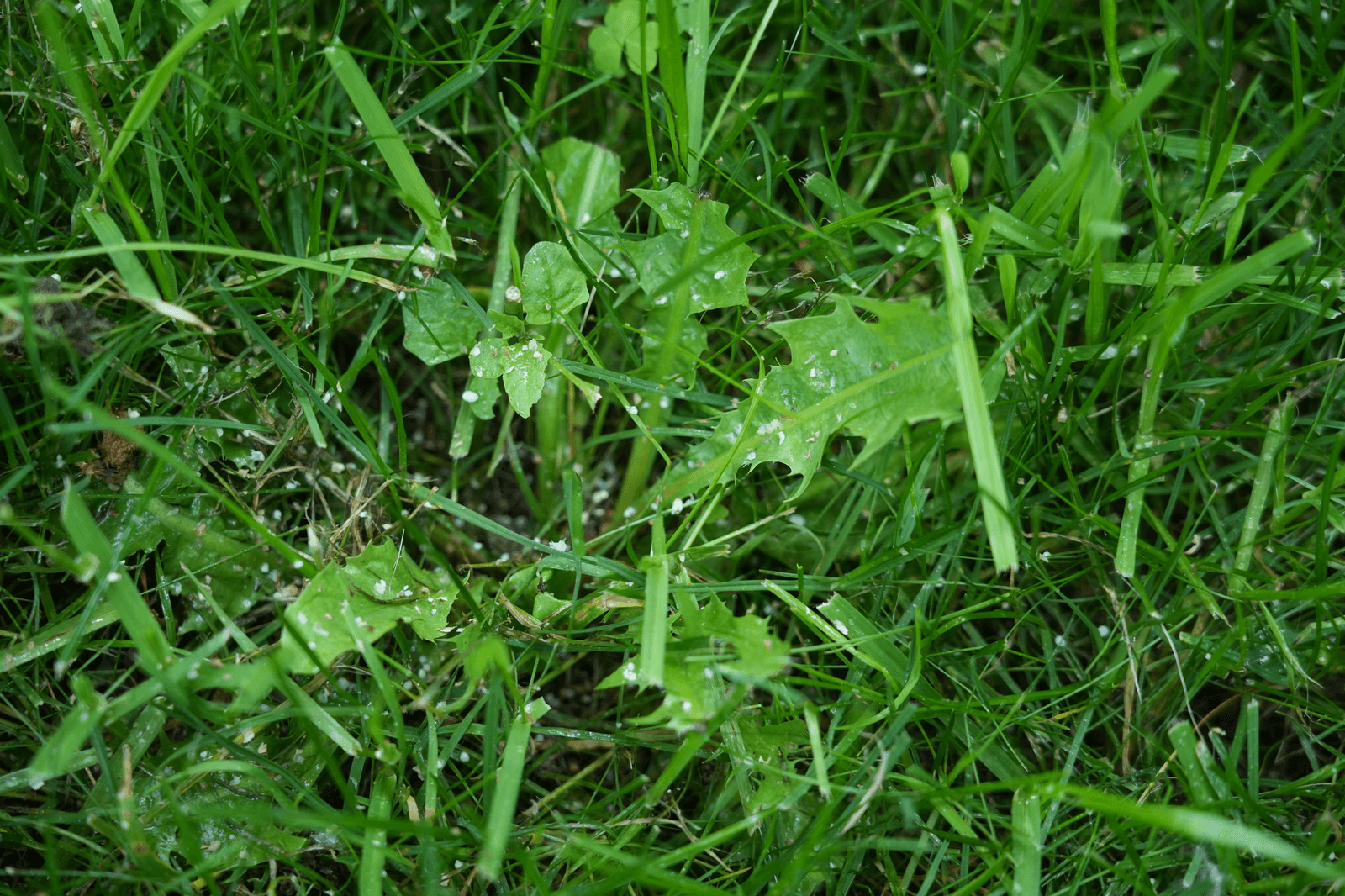A lush, green lawn is a sight to behold, and proper watering is one of the key secrets to achieving that vibrant, healthy look. Whether you're a seasoned lawn enthusiast or a newbie in the world of lawn care, this blog will provide you with essential tips and guidelines for watering your lawn effectively. Let's dive into the art of lawn watering and uncover the secrets to maintaining a beautiful, thriving lawn.
UNDERSTANDING YOUR LAWN'S WATER NEEDS
Before we dive into the best practices for watering, it's crucial to understand your lawn's specific water requirements. Several factors influence how much and how often you should water your lawn:
Grass Type: Different grass types have varying water needs. Common grass types like kentucky bluegrass, bermudagrass, and fescue each have their unique requirements.
Climate: Your local climate, including temperature and humidity levels, plays a significant role in determining how often and when you should water your lawn.
Soil Type: Soil composition affects water retention and drainage. Sandy soil drains quickly, while clay soil retains water for longer periods.
Seasonal Variations: Lawn watering needs can change throughout the year. Pay attention to seasonal variations and adjust your watering schedule accordingly.
BEST PRACTICES FOR WATERING YOUR LAWN
1. Watering Depth and Frequency: Deep watering is critical for encouraging healthy root development. Aim to moisten the soil to a depth of 6-8 inches. Shallow watering leads to shallow root growth and makes your lawn more susceptible to drought. Adjust the frequency of watering based on the season. In hot summer months, you may need to water more frequently, while in cooler seasons, you can reduce watering frequency.
2. Early Morning Watering: Watering in the early morning has several advantages. It allows the grass to absorb moisture before the heat of the day, reducing water loss through evaporation. Morning watering also ensures that the grass blades have ample time to dry, reducing the risk of fungal diseases that thrive in wet conditions. Watering your lawn at night can promote fungal growth because the grass remains wet for an extended period.
3. Choosing the Right Sprinkler System: Select a sprinkler system that suits your lawn's size and shape. Oscillating sprinklers are great for rectangular lawns, while rotor or impact sprinklers work well for larger, irregularly shaped areas. Consider smart irrigation systems that can adjust watering schedules based on weather conditions and soil moisture levels, optimizing water use.
4. Rain Gauge and Weather Monitoring: A rain gauge is a valuable tool to measure how much rainfall your lawn receives. It helps you determine whether you need to supplement with additional watering. Pay attention to local weather forecasts to anticipate rain. If rain is expected, you can skip watering to conserve water and prevent overwatering.
5. Drought-Tolerant Grass Varieties: Some grass varieties, like buffalo grass, zoysia grass, and certain types of fescue, are naturally more drought-resistant. Choosing these varieties can significantly reduce your lawn's water needs.
6. Avoiding Overwatering: Overwatering is a common mistake that can harm your lawn. Signs of overwatering include waterlogged soil, mushy grass, and an increase in pests and diseases. Ensure proper drainage by aerating your lawn periodically to prevent water from pooling on the surface.
7. Mulching: Applying a layer of organic mulch around trees, shrubs, and garden beds helps retain soil moisture and reduces the need for excessive watering in those areas.
8. Conservation Practices: Embrace conservation practices such as designing with drought-tolerant plants, collecting rainwater for irrigation, and using soaker hoses or drip irrigation systems to minimize water wastage. You may also consider using surfactants on your lawn, such as Hydra Charge™, to help with better water penetration and retention.
9. Watering During Severe Heatwaves: During prolonged heatwaves, your lawn may require more water. Consider giving your lawn a mid-day "spritz" to cool it down and reduce stress on the grass. Click here to learn more about taking care of your lawn during drought-like conditions.
10. Regular Maintenance: Regularly inspect your lawn for signs of stress. Look for wilting grass, footprints that don't spring back, and dry, dusty soil. Adjust your watering schedule accordingly. Check your sprinkler system for clogs, misalignment, or other issues that may result in uneven watering.
Mastering the art of lawn watering involves a combination of understanding your lawn's unique needs, monitoring weather conditions, and implementing proper techniques. These guidelines and staying attentive to your lawn's health can help you create and maintain a healthy green lawn.
